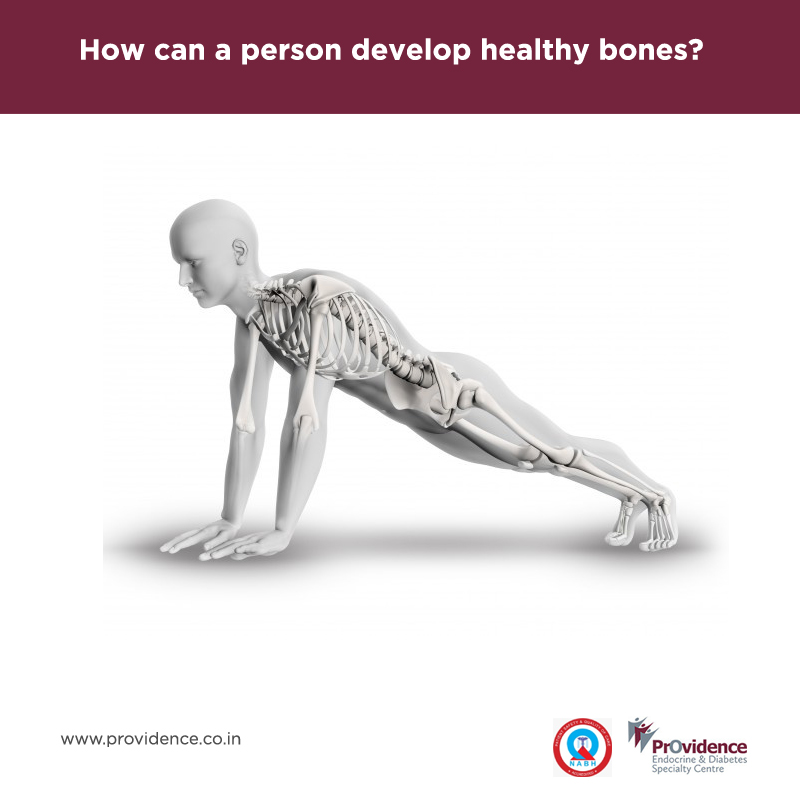Bone development is a process that starts before birth and continues till the maximum amount of bone is developed. This is called peak bone mass. More than 90 % of the peak bone mass is achieved by age of 20 in boys and 18 in girls. However, bone continues to get deposited to reach peak bone mass till the late 20s. Even during this period, there is the bone formation and bone destruction, but the net effect is new bone formation. Higher bone mass is associated with adequate calcium and vitamin D intake, protein intake, physical activity, genetic factors and appropriate timing of puberty and adequacy of sex hormones.
After 30 years of age, the bone mass is maintained and as age progresses the bone destruction takes predominance over bone formation. In women, around the time of menopause, the level of estrogen reduces and there is rapid bone destruction. Adequate calcium and Vitamin D intake, protein intake, physical activity and adequate hormonal levels ensure better bone strength.
Chronic uncontrolled medical illness (e.g., diabetes, bronchial asthma), use of steroids, loss of sex hormones (ovariectomy or orchidectomy), chronic alcohol use and smoking can cause a more rapid loss of bone and lead to fractures.
Author- Dr. Mathew John



